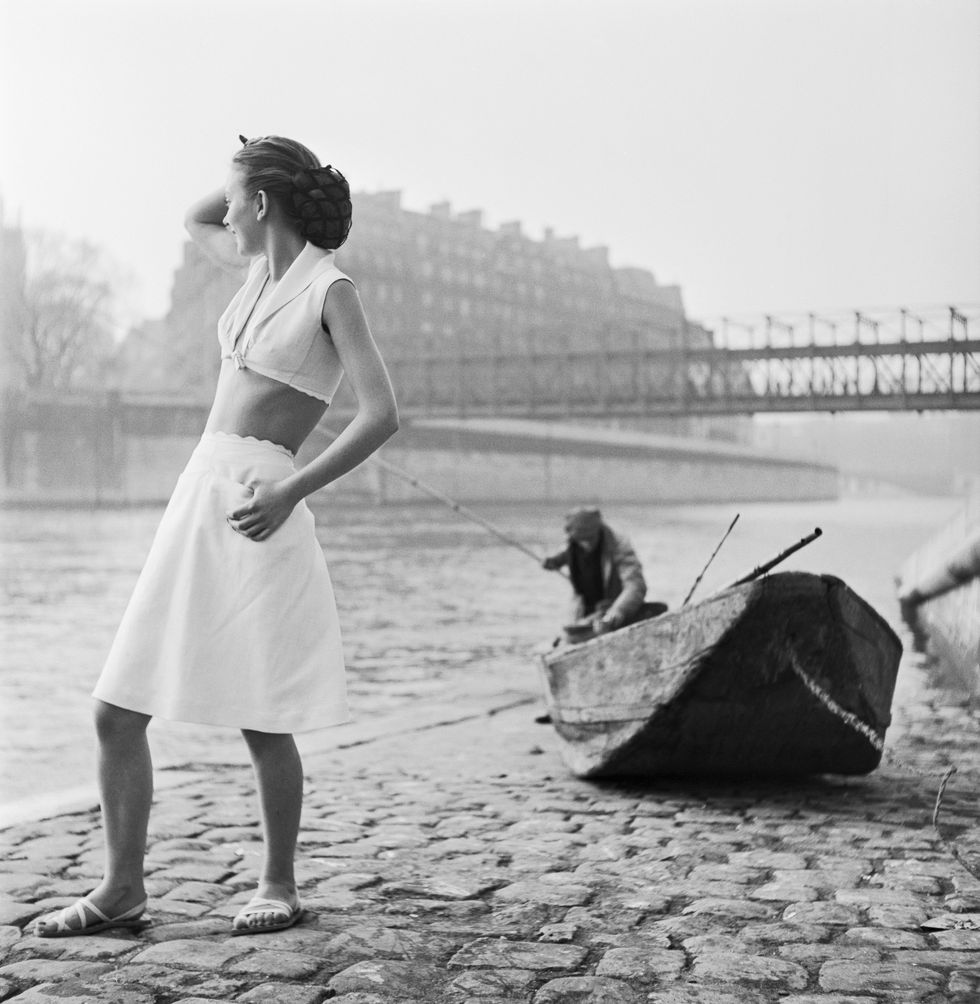
What Do Women Designers Want? - dmusemagz.com
February 20, 2024
Women are the vital force driving the fashion industry, yet female designers continue to face underrepresentation. In this feature, thirteen outstanding female designers share their experiences of how their identities shape their work and their efforts to bring about change. From Madeleine Vionnet’s revolutionary bias cut to Coco Chanel’s flowing pants and Norma Kamali’s innovative sportswear, female designers have made significant contributions to fashion. However, alongside practical and comfort-oriented designs, there are also those who create elaborate and whimsical fashion-as-art, such as Rei Kawakubo and Iris van Herpen.
While female designers have diverse approaches, they are consistently underrepresented in the upper echelons of the industry. To commemorate International Women’s Day and Women’s History Month, ELLE interviewed designers leading their brands to discuss their inspirations, the influence of their gender identity on their work, and the steps the fashion industry can take to address the gender imbalance.
For some designers, being a woman shapes their approach to fashion. Tory Burch highlights the intuition and problem-solving skills of women designers, emphasizing the importance of balancing realness with creativity. Silvia Venturini Fendi believes that her experiences as a woman inform her designs and contribute to breaking down strictly male codes in menswear. Maria Grazia Chiuri of Dior is fascinated by the idea of using clothes to fashion one’s identity, recognizing their dual role as decorative and empowering tools.
Designers like Gabriela Hearst, Batsheva Hay, and Laura Kim design with a deep understanding of women’s bodies and their evolving needs. They prioritize framing and empowering women rather than restricting them. Simone Rocha finds personal experiences and designing for women to be interconnected, while Aurora James stresses the importance of supporting and uplifting female talent through initiatives like her nonprofit, Fifteen Percent Pledge.
The fashion industry can contribute to nurturing and promoting female talent by replicating the support structures that have benefited designers like Aurora James. Hearst emphasizes the importance of empowering women and involving them in leadership positions to address the pressing issues faced by society. Supporting designers outside the major fashion capitals, providing resources for working parents, and challenging the narrative of a lack of female creative directors are additional steps that can be taken to foster female talent and achieve greater gender equality in the industry.
Stay up-to-date with fashion trends, lifestyle tips, and exciting events by following D-Muse. DM us now to get all the information you need!
